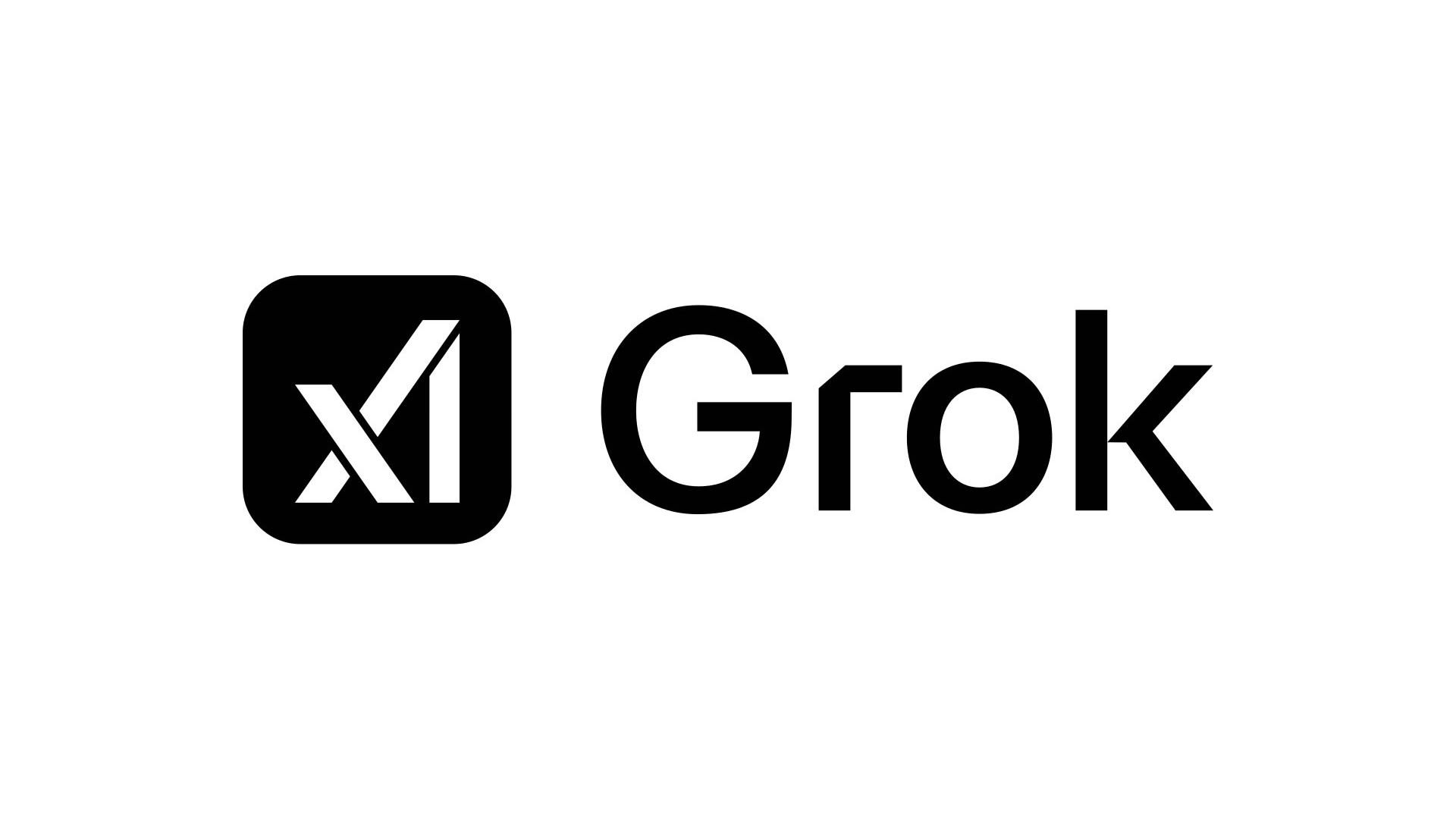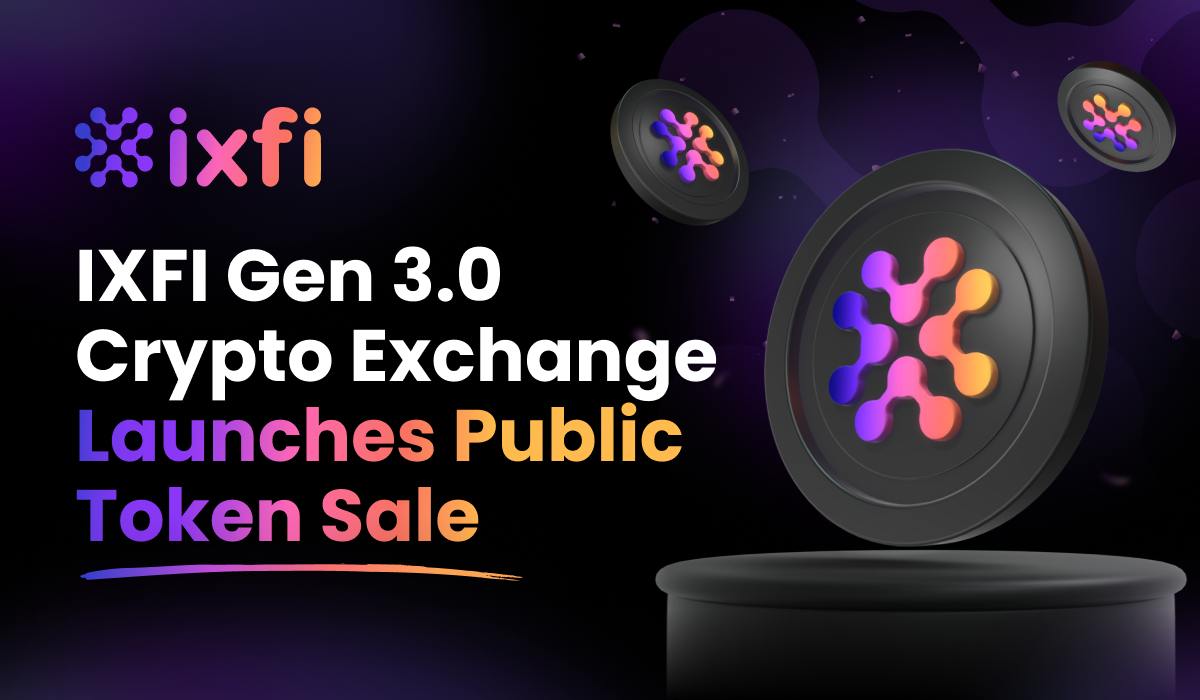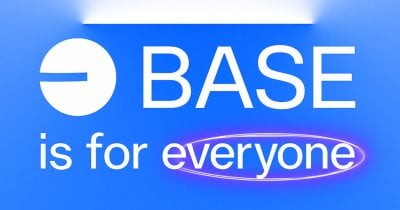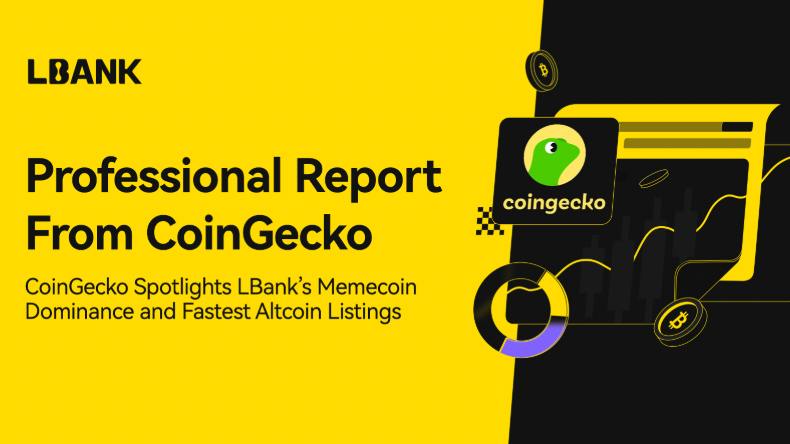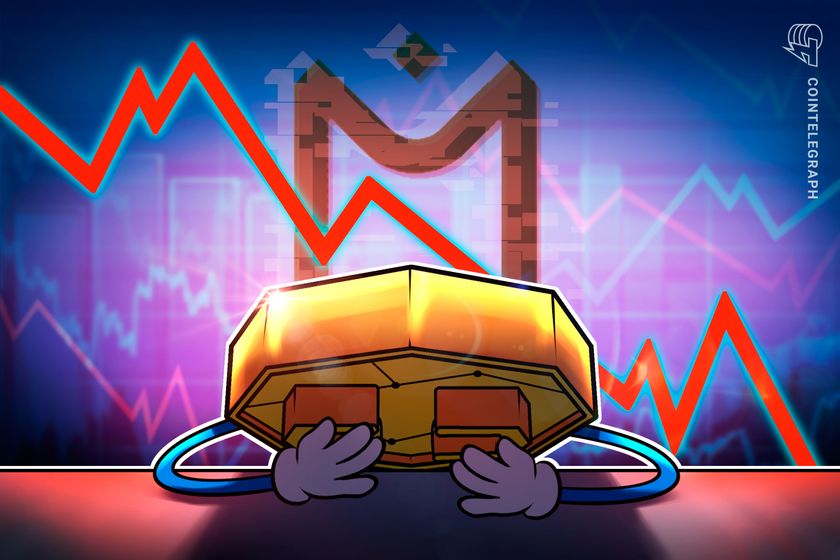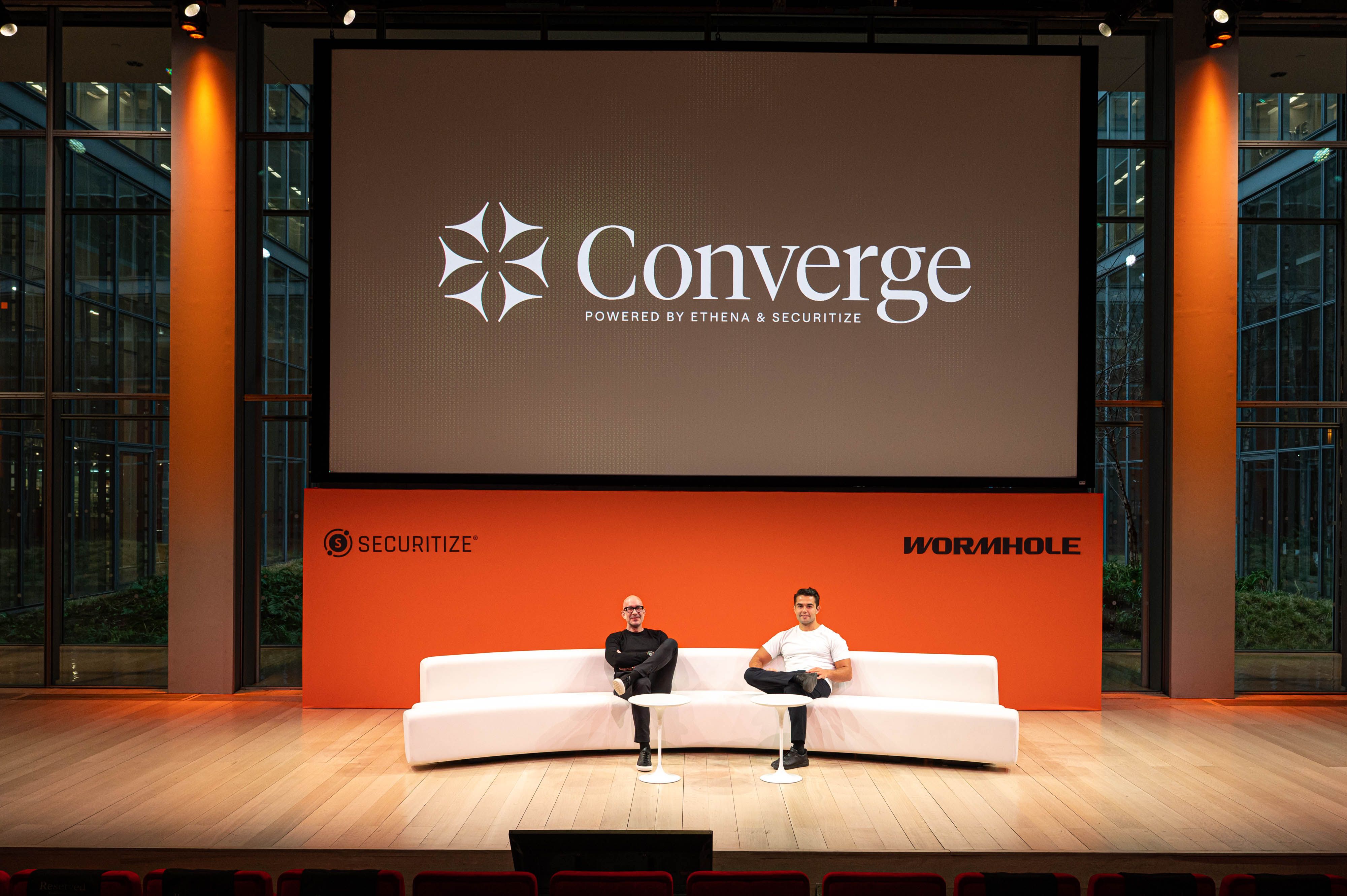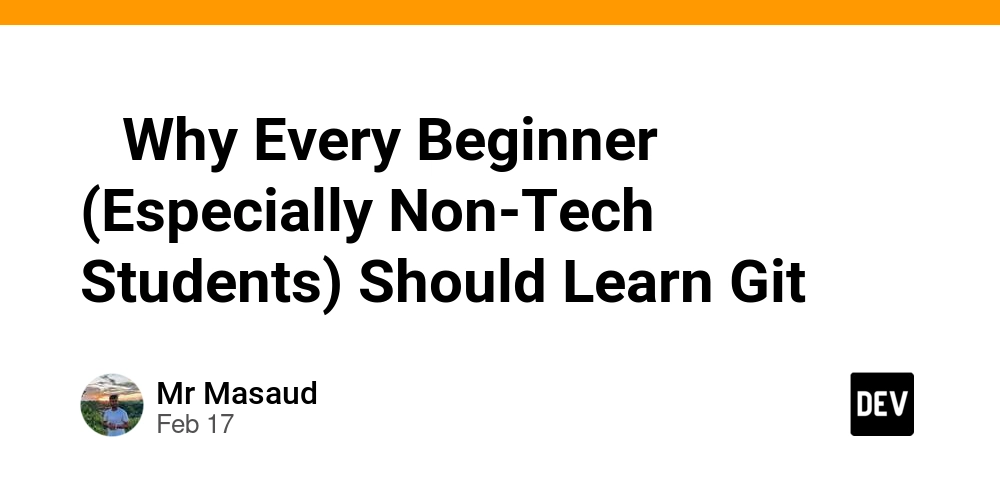Open Source Developer Earnings and Financial Assistance: A Holistic Overview
Abstract This post provides a comprehensive deep-dive into the evolving ecosystem of open source developer earnings and financial assistance. It explores the historical background, presents core compensation models such as hybrid licensing, tokenized royalties, corporate sponsorships, and crowdfunding, and discusses their interconnections with emerging blockchain and NFT trends. By examining practical use cases, challenges, and future innovations, this post offers technical insights and actionable strategies for developers, organizations, and enthusiasts seeking sustainable open source monetization methods. For more details on the original research article, please refer to the Open Source Developer Income Sources page. Introduction The landscape of open source software is experiencing a transformation. Open source remains the engine of innovation for servers, cloud computing, blockchain products, and more. However, while millions of developers contribute voluntarily, many continue to work under a “free distribution” model that fails to translate into sustainable earnings. In today’s post, we explore the challenges and opportunities that developers face in ensuring financial support. We will discuss fair compensation models, tokenized ecosystems using blockchain technology, corporate sponsorship methods, and crowdfunding techniques. This exploration is vital for developers and organizations who wish to maintain a healthy and innovative open source ecosystem. Background and Context From its humble beginnings driven by volunteer passion, open source development has become the backbone of modern technology. Early programmers freely shared their code, creating a foundation upon which today's sophisticated software systems are built. Yet, as commercial demands increased, a stark imbalance emerged. While industry giants reaped massive benefits from open source projects, many developers received little to no financial reward for their groundbreaking work. Historically, funding open source projects primarily depended on donations or sporadic grants. Platforms such as GitHub Sponsors and Open Collective have provided critical channels for financial assistance but often suffer from inconsistency. At the same time, corporate sponsorships have become more common. Despite significant funds poured into maintaining popular projects, the allocation for individual developers remains insufficient, leading to a growing need for better and more sustainable funding models. Several innovative paradigms have emerged in response. Hybrid licensing models and tokenized ecosystems, such as those explained in the OCTL alternative to pure open source capitalism article, aim to ensure that commercial users contribute fairly to the financial ecosystem. As open source converges with technologies like blockchain and NFTs, we have an opportunity to create transparent, automated systems that reward developers based on the actual usage of their code. Core Concepts and Features Understanding the current ecosystem requires a look at several core concepts. Below, we outline the primary aspects that are reshaping developer earnings in the open source community. 1. Free Expectation vs. Fair Compensation Open source has long been synonymous with freely accessible software. This culture of free distribution, however, often leaves developers underpaid for their hard work. Key Issue: The prevailing belief that software must be free diminishes the incentive for sustainable income. Innovative Approach: Hybrid licensing models allow non-commercial use at low or no cost while charging commercial entities. This strategy, demonstrated by OCTL, paves the way toward fairer compensation. 2. Tokenized Ecosystems and Royalties A groundbreaking development in open source monetization is the use of tokenized ecosystems. By integrating smart contracts on blockchain platforms, developers can receive royalties automatically based on usage. Transparency and Automation: Blockchain ensures that the revenue distribution is transparent, secure, and timely. Direct Impact: With tokenized royalties, compensation aligns directly with the impact and reach of the code, incentivizing developers to continue innovating. 3. Corporate Sponsorships and Grants Large organizations derive substantial benefits from open source projects. Corporate sponsorship programs, as detailed in Corporate Sponsorship Models, offer critical funding; however, a significant portion often bypasses individual contributors. Revenue Gap: The disparity between corporate benefits and direct developer compensation remains a challenge. Potential Solutions: New frameworks and contractual agreements could ensure that a fixed percentage of funds reaches individual contributors. 4. Crowdfunding and Direct Donations Crowdfunding has emerged as a democratic solution allowing the community to directly infl
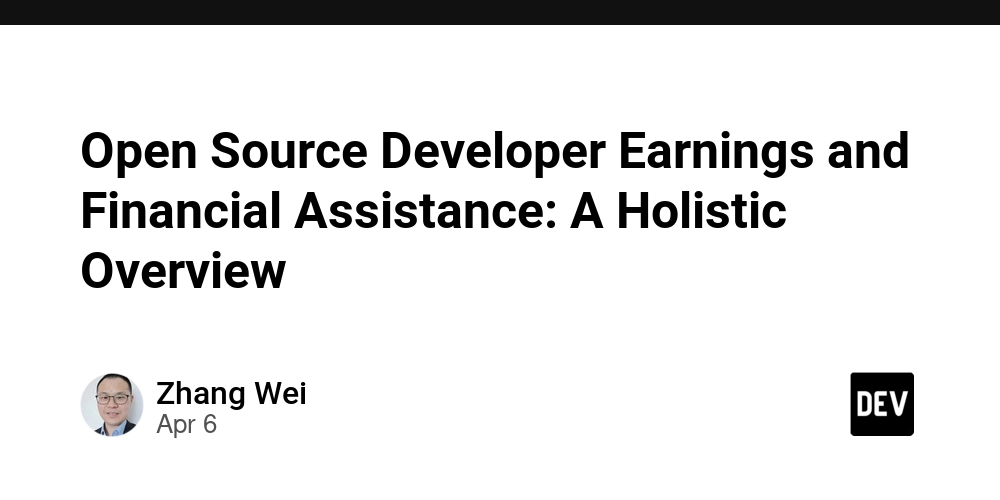
Abstract
This post provides a comprehensive deep-dive into the evolving ecosystem of open source developer earnings and financial assistance. It explores the historical background, presents core compensation models such as hybrid licensing, tokenized royalties, corporate sponsorships, and crowdfunding, and discusses their interconnections with emerging blockchain and NFT trends. By examining practical use cases, challenges, and future innovations, this post offers technical insights and actionable strategies for developers, organizations, and enthusiasts seeking sustainable open source monetization methods. For more details on the original research article, please refer to the Open Source Developer Income Sources page.
Introduction
The landscape of open source software is experiencing a transformation. Open source remains the engine of innovation for servers, cloud computing, blockchain products, and more. However, while millions of developers contribute voluntarily, many continue to work under a “free distribution” model that fails to translate into sustainable earnings. In today’s post, we explore the challenges and opportunities that developers face in ensuring financial support. We will discuss fair compensation models, tokenized ecosystems using blockchain technology, corporate sponsorship methods, and crowdfunding techniques. This exploration is vital for developers and organizations who wish to maintain a healthy and innovative open source ecosystem.
Background and Context
From its humble beginnings driven by volunteer passion, open source development has become the backbone of modern technology. Early programmers freely shared their code, creating a foundation upon which today's sophisticated software systems are built. Yet, as commercial demands increased, a stark imbalance emerged. While industry giants reaped massive benefits from open source projects, many developers received little to no financial reward for their groundbreaking work.
Historically, funding open source projects primarily depended on donations or sporadic grants. Platforms such as GitHub Sponsors and Open Collective have provided critical channels for financial assistance but often suffer from inconsistency. At the same time, corporate sponsorships have become more common. Despite significant funds poured into maintaining popular projects, the allocation for individual developers remains insufficient, leading to a growing need for better and more sustainable funding models.
Several innovative paradigms have emerged in response. Hybrid licensing models and tokenized ecosystems, such as those explained in the OCTL alternative to pure open source capitalism article, aim to ensure that commercial users contribute fairly to the financial ecosystem. As open source converges with technologies like blockchain and NFTs, we have an opportunity to create transparent, automated systems that reward developers based on the actual usage of their code.
Core Concepts and Features
Understanding the current ecosystem requires a look at several core concepts. Below, we outline the primary aspects that are reshaping developer earnings in the open source community.
1. Free Expectation vs. Fair Compensation
Open source has long been synonymous with freely accessible software. This culture of free distribution, however, often leaves developers underpaid for their hard work.
- Key Issue: The prevailing belief that software must be free diminishes the incentive for sustainable income.
- Innovative Approach: Hybrid licensing models allow non-commercial use at low or no cost while charging commercial entities. This strategy, demonstrated by OCTL, paves the way toward fairer compensation.
2. Tokenized Ecosystems and Royalties
A groundbreaking development in open source monetization is the use of tokenized ecosystems. By integrating smart contracts on blockchain platforms, developers can receive royalties automatically based on usage.
- Transparency and Automation: Blockchain ensures that the revenue distribution is transparent, secure, and timely.
- Direct Impact: With tokenized royalties, compensation aligns directly with the impact and reach of the code, incentivizing developers to continue innovating.
3. Corporate Sponsorships and Grants
Large organizations derive substantial benefits from open source projects. Corporate sponsorship programs, as detailed in Corporate Sponsorship Models, offer critical funding; however, a significant portion often bypasses individual contributors.
- Revenue Gap: The disparity between corporate benefits and direct developer compensation remains a challenge.
- Potential Solutions: New frameworks and contractual agreements could ensure that a fixed percentage of funds reaches individual contributors.
4. Crowdfunding and Direct Donations
Crowdfunding has emerged as a democratic solution allowing the community to directly influence financial support for open source projects.
- Benefits: Crowdfunding models, utilizing platforms such as Open Collective, empower communities to support niche and critical projects.
- Drawbacks: Despite its potential, reliance on donations can lead to unpredictable and varying income.
5. Legal and Licensing Considerations
The underlying legal framework significantly affects developer earnings. Different licensing models dictate how developers can monetize their contributions.
- Permissive Licenses vs. Controlled Licenses: While permissive licenses promote wide adoption, they can leave developers exposed, as seen with the Downside of the Apache License.
- Alternative Models: Dual licensing and alternative models allow companies to pay for commercial use while keeping noncommercial usage free for the community.
Summary of Core Features in a Table
| Feature | Description | Advantages | Challenges |
|---|---|---|---|
| Hybrid Licensing | Free noncommercial use and commercial fees for businesses | Direct revenue from commercial use | Some community resistance; legal complexities |
| Tokenized Royalties | Automated, transparent royalty payments via blockchain | Clear alignment with usage; automation | Requires robust tech stack and security |
| Corporate Sponsorships | Funding via large organizations with sponsorship programs | Access to significant funds | Risk of uneven distribution to developers |
| Crowdfunding/Direct Donations | Community-driven financial support through platforms like Open Collective | Democratic participation; direct impact | Unpredictable; often insufficient in scale |
| Legal Licensing Considerations | Selecting the optimal licensing strategy to balance openness and monetization | Enables tailored revenue models | Complexity in legal compliance and adaptation |
6. Integration with Blockchain and NFTs
Blockchain technology and NFTs are rapidly transforming the open source funding landscape. NFTs can symbolize ownership, usage rights, or unique digital contributions.
- New Revenue Channels: NFTs help verify contributions and allow developers to sell digital licenses.
- Enhanced Transparency: Using blockchain ensures an immutable record of transactions for royalties.
Key Technical Terms
- Open Source Sponsor: A program that allows developers to receive funds directly (e.g. GitHub Sponsors).
- Dual Licensing: Offering software under two differing licenses to support both commercial and noncommercial use.
- Smart Contracts: Self-executing contracts with the terms directly written into code, used for automating royalty distributions.
- NFTs (Non-Fungible Tokens): Unique digital assets that can represent software contribution licenses or collectibles.
Applications and Use Cases
To understand these models in real-world scenarios, let’s examine some practical examples where these funding paradigms are applied effectively.
Example 1: Corporate-Backed Open Source Projects
Many technology corporations rely on open source projects as a competitive advantage. Consider a scenario where a major tech company integrates a critical open source library into its proprietary product.
-
Process:
- The company establishes a sponsorship program and allocates a portion of its R&D budget for supporting the open source project.
- A defined percentage of this funding goes directly to the developers maintaining and enhancing the project.
- Outcome: This ensures a predictable income for developers and sustains project quality and innovation.
- For additional insights, read more on Corporate Sponsorship Models.
Example 2: Tokenized Ecosystems and NFT Integration
Blockchain integration provides a robust mechanism to directly link software usage to earnings via smart contracts.
-
Process:
- A development team launches an open source project integrated with blockchain technology.
- Every time a commercial entity uses the software, an associated smart contract triggers an automatic royalty payout to the developers.
- Outcome: This creates a sustainable income stream that is directly proportional to the software’s commercial impact.
- More details on this innovative approach can be found in the OCTL alternative to pure open source capitalism.
Example 3: Crowdfunding and Community-Driven Models
Many smaller projects depend on community contributions through crowdfunding. For instance:
-
Process:
- A niche cybersecurity framework critical to a growing community is funded via a campaign on Open Collective.
- Contributors donate on a recurring basis and the project also secures competitive grants from foundations.
- Outcome: With steady funding, developers can work full time on the project, ensuring timely updates, security patches, and robust community support.
- Benefit analysis and additional strategies can be explored further on Gitcoin funding insights.
Bullet List of Key Takeaways
- Fair Compensation: Align developer earnings with contributions to ensure sustainability.
- Hybrid Licensing: Utilize models that allow free use for noncommercial purposes while monetizing commercial applications.
- Tokenized Royalties: Leverage blockchain for transparent and automatic revenue distribution.
- Corporate Sponsorship: Direct, predictable funding from industry giants enhances project longevity.
- Crowdfunding: Engage the community to secure steady, democratic support.
Challenges and Limitations
Despite the promise of these innovative models, several technical and social challenges persist:
Technical Hurdles
-
Blockchain Complexity:
- Integrating blockchain for tokenized royalties requires robust infrastructure and considerable expertise.
- Security is paramount, and developers must consistently audit smart contracts to prevent vulnerabilities.
-
Licensing Compatibility:
- Deciding between permissive and controlled licensing can impact revenue.
- As highlighted in the Downside of Apache License, a permissive model might leave developers undercompensated.
Economic and Adoption Challenges
-
Free Distribution Mentality:
- Many users and even companies continue to expect open source software to be free, making it challenging to enforce contributions.
-
Inconsistent Funding:
- Crowdfunding and donations inherently result in revenue fluctuations, affecting long-term project planning.
-
Corporate Dependency Risks:
- While corporate funding is a boon, the imbalance in revenue distribution between enterprises and individual contributors can lead to dependencies that stifle innovation.
Governance and Legal Issues
-
Complex Governance Models:
- Decentralized governance in open source funding is still evolving, leading to challenges in fund allocation and decision-making.
-
Legal Ambiguity:
- Navigating international tax regulations, intellectual property rights, and compliance requirements further complicates funding structures.
Summary Table: Challenges Overview
| Challenge Category | Key Issues | Impact |
|---|---|---|
| Technical Hurdles | Integration complexity, security risks, licensing issues | Delays in deployment; increased risk of breaches |
| Economic Obstacles | Free distribution mentality, funding inconsistency | Unpredictable revenue; discourages sustained efforts |
| Governance & Legal | Complex legal frameworks, ambiguous governance | Challenges in fund management and legal disputes |
| Adoption Barriers | Resistance to new blockchain models and hybrid licenses | Slower transition to sustainable financial models |
Future Outlook and Innovations
The future of open source funding is poised for transformative changes driven by convergence in blockchain, innovative licensing, and new community funding paradigms.
Embracing Tokenization and Blockchain
-
Increased Transparency:
- Continued developments in blockchain will enhance trust as smart contracts distribute royalties seamlessly and transparently.
-
Global Reach:
- Decentralized systems enable cross-border transactions, ensuring that developers worldwide gain fair financial access.
-
Integration with NFTs:
- By creating verifiable digital assets tied to contributions, NFTs could provide an additional revenue channel that is both secure and innovative.
Evolving Licensing Models
-
Dynamic Licensing:
- Future licensing strategies may adapt based on usage statistics, ensuring a more fluid balance between free community use and commercial monetization.
-
Legal and Regulatory Updates:
- As legal frameworks begin to address the nuances of blockchain and open source funding, a more streamlined process will emerge, reducing uncertainties for developers.
Enhanced Corporate and Community Engagement
-
Structured Funding Programs:
- Corporates may develop fixed-budget programs where a portion of funds is guaranteed to reach individual developers.
-
Evolving Crowdfunding Methods:
- Community-based platforms are likely to integrate blockchain features, thus reducing unpredictability in donations.
-
Collaborative Initiatives:
- Cross-industry collaborations, including those highlighted on platforms such as GitHub Sponsors and discussed in Navigating Developer Compensation Models, promise to bridge the gap between commercial interests and fair developer compensation.
Predictions for the Next Five Years
-
Sustainable Tokenized Ecosystems:
- With advancements in blockchain scalability (e.g. layer-2 solutions), expect a significant increase in the adoption of tokenized royalty structures.
-
Broader Acceptance of Hybrid Licensing:
- As developers and corporate users become educated on the benefits, hybrid licensing will gradually gain mainstream acceptance.
-
Deepened Community Involvement:
- Enhanced engagement through transparent digital assets (NFTs) and decentralized governance will fuel a vibrant open source culture.
Summary
The journey toward sustainable open source developer earnings is complex but promising. By shifting the focus from an outdated free-distribution model to innovative, multi-pronged funding strategies such as hybrid licensing, tokenized royalties, corporate sponsorships, and community-driven crowdfunding, the open source ecosystem can truly value its talent. The integration of blockchain and NFT technologies not only introduces transparency and automation but also opens up global and scalable revenue channels.
The challenges of technical integration, economic fluctuations, and legal ambiguities can be overcome through collaborative efforts among developers, corporate sponsors, and community stakeholders. As we look to the future, continuous innovation and evolving legal frameworks are expected to drive fair compensation and ensure that open source remains a robust engine for technological progress.
For developers, organizations, and enthusiasts looking to fund innovation sustainably, this opportunity is clear: embrace technology, advocate for fair licensing, and engage actively in community-based funding initiatives. By doing so, we will not only secure the future of open source but also foster unprecedented levels of technological innovation.
Further Reading and Resources
- Explore more about alternative licensing models in the OCTL alternative to Pure Open Source Capitalism guide.
- Learn about the Downside of Apache License and its implications on developer compensation.
- Discover how corporate models support open source in detail via Corporate Sponsorship Models.
In addition, check insightful Dev.to posts such as Navigating the Funding Maze for Open Source Developers and Unleashing the Power of Tokenization for Sustainable Open Source Innovation for further perspectives on open source monetization.
By embracing these innovative financial strategies and technological trends, the open source community can pave the way for a future where developers are rewarded fairly, enabling continued innovation and robust growth across the technology sector.
Empower your development journey and contribute to a sustainable open source ecosystem where every contribution is valued.
Happy coding, and here’s to building a more equitable, innovative future together!






















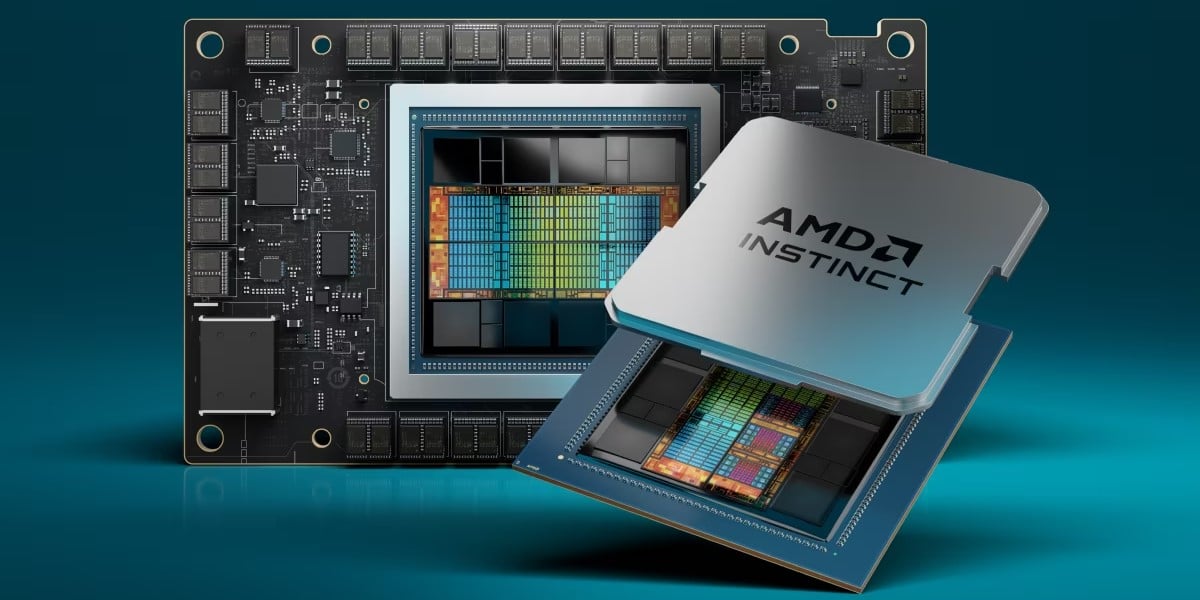






























%20Abstract%20Background%20SOURCE%20Apple.jpg)


















































































































![[The AI Show Episode 144]: ChatGPT’s New Memory, Shopify CEO’s Leaked “AI First” Memo, Google Cloud Next Releases, o3 and o4-mini Coming Soon & Llama 4’s Rocky Launch](https://www.marketingaiinstitute.com/hubfs/ep%20144%20cover.png)

















































































































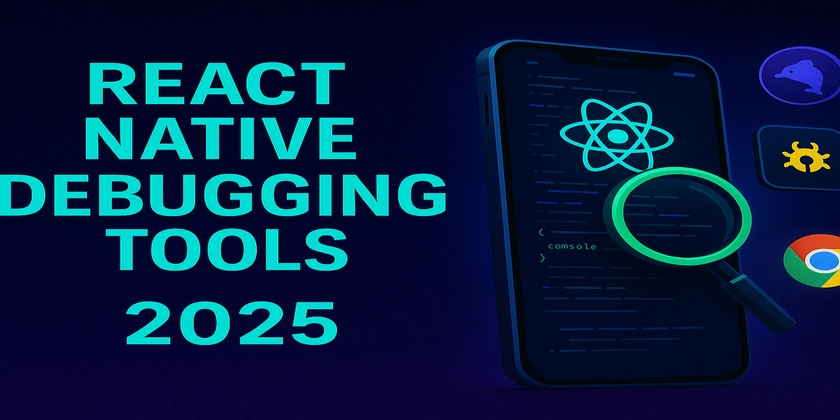



















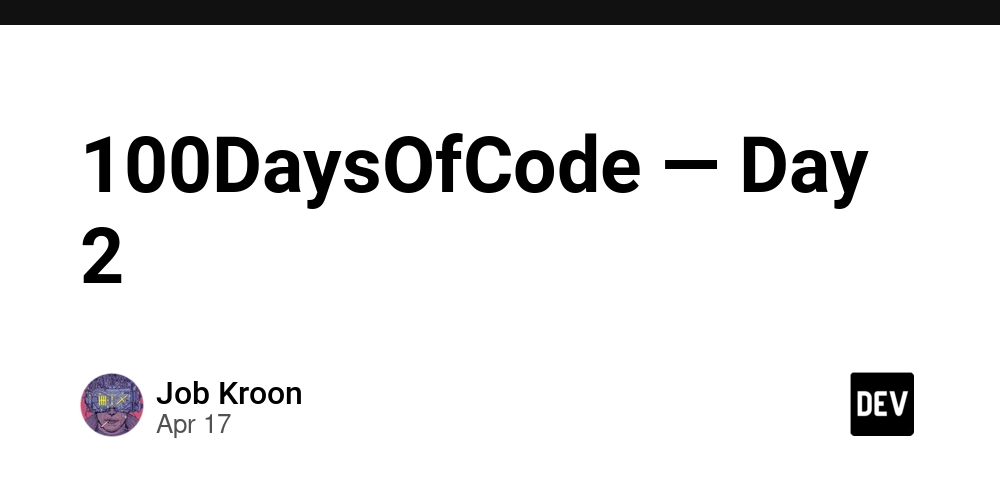


































































![GrandChase tier list of the best characters available [April 2025]](https://media.pocketgamer.com/artwork/na-33057-1637756796/grandchase-ios-android-3rd-anniversary.jpg?#)





















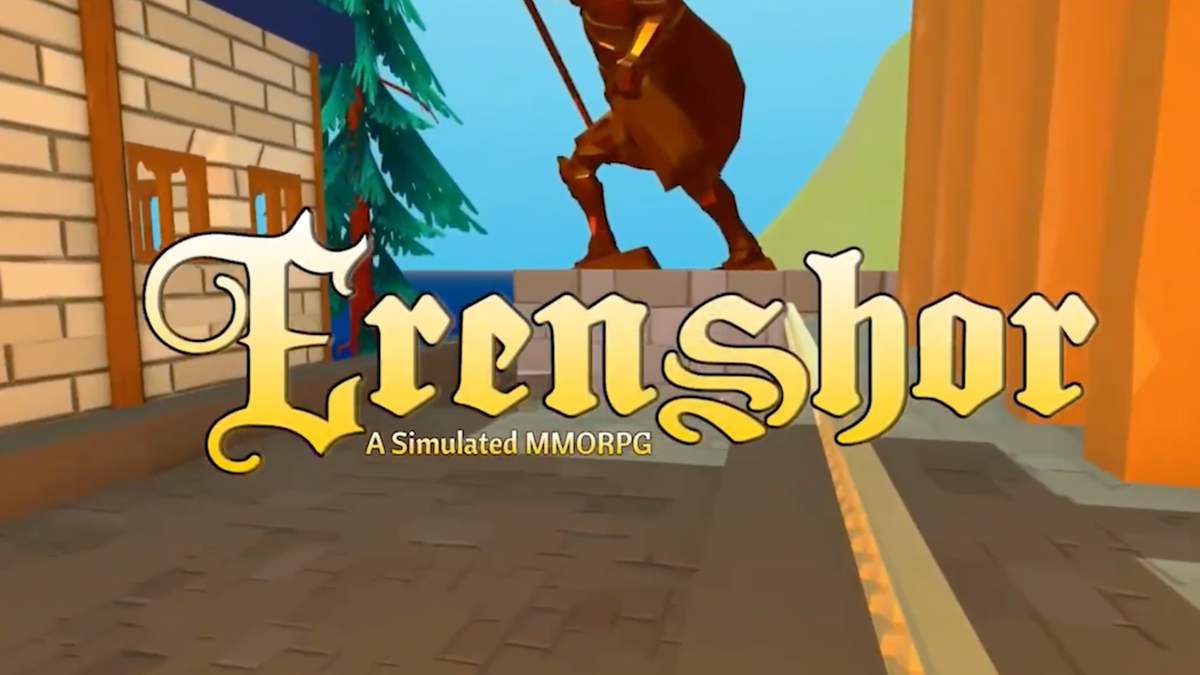












































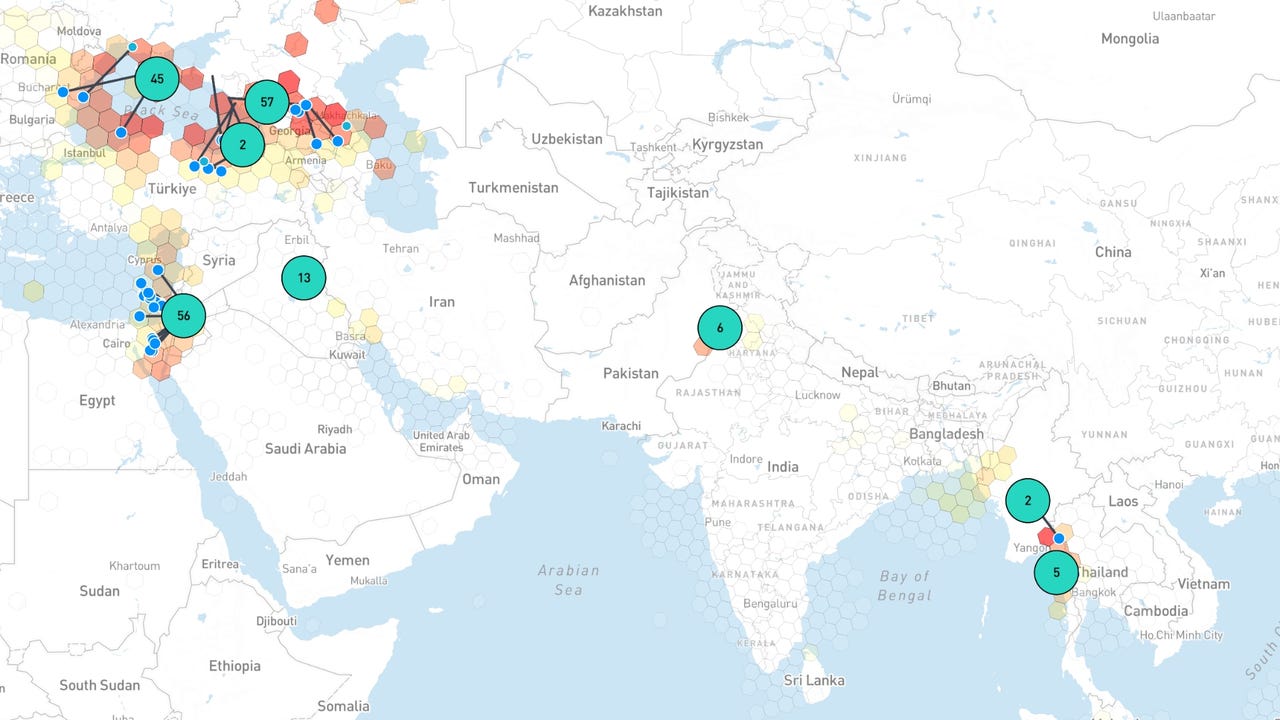















































































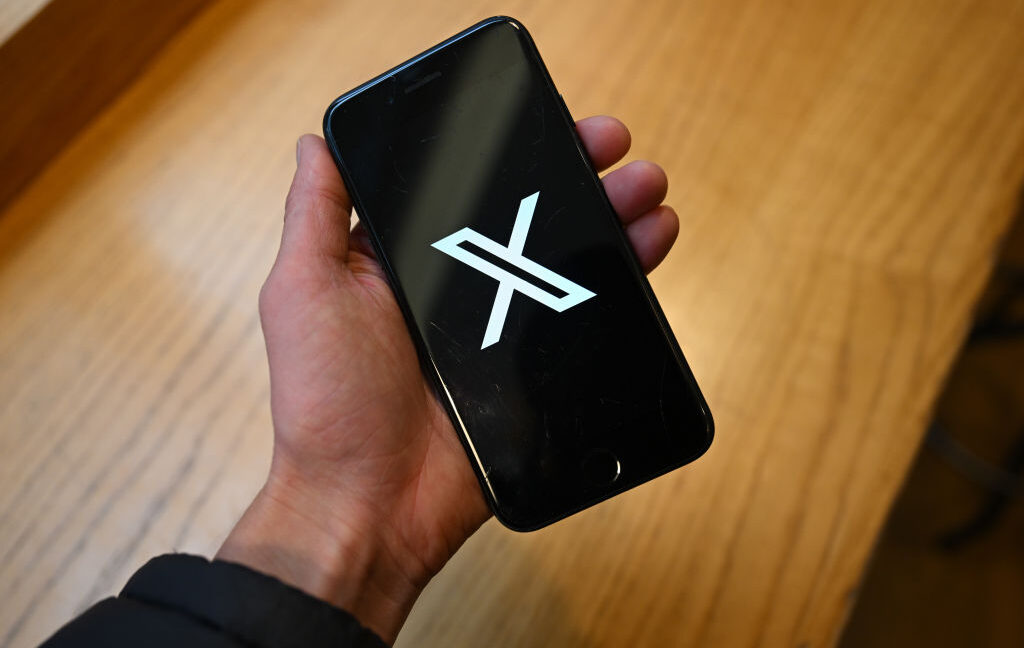

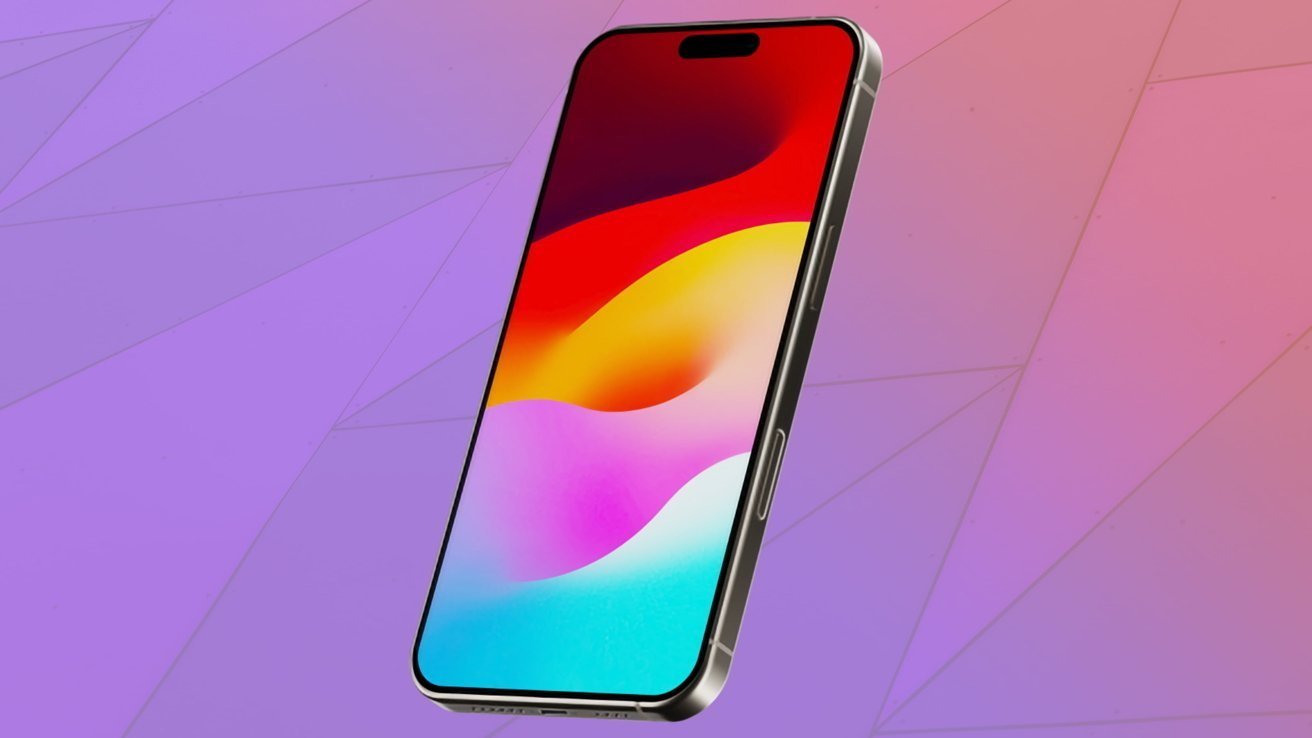




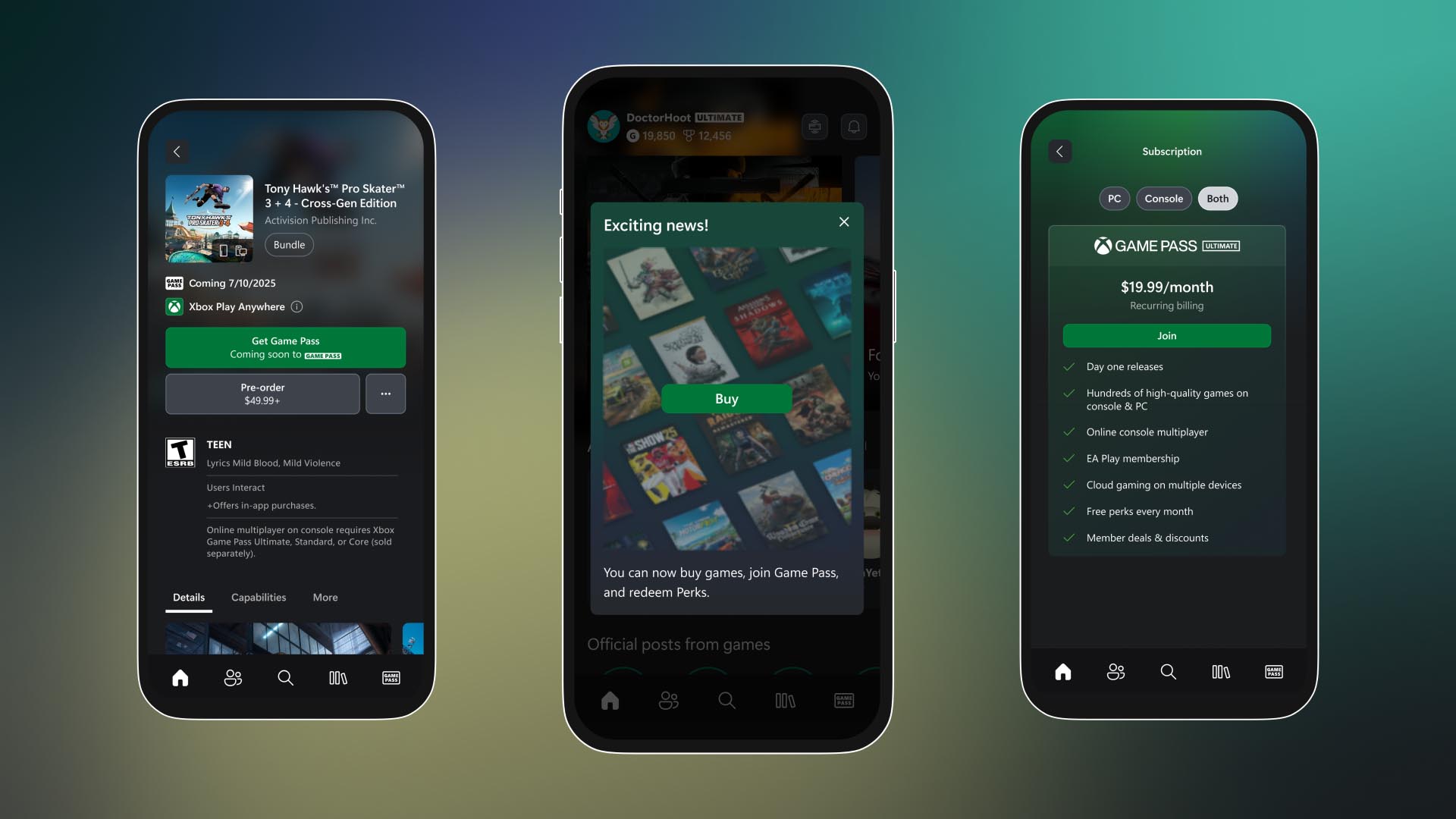

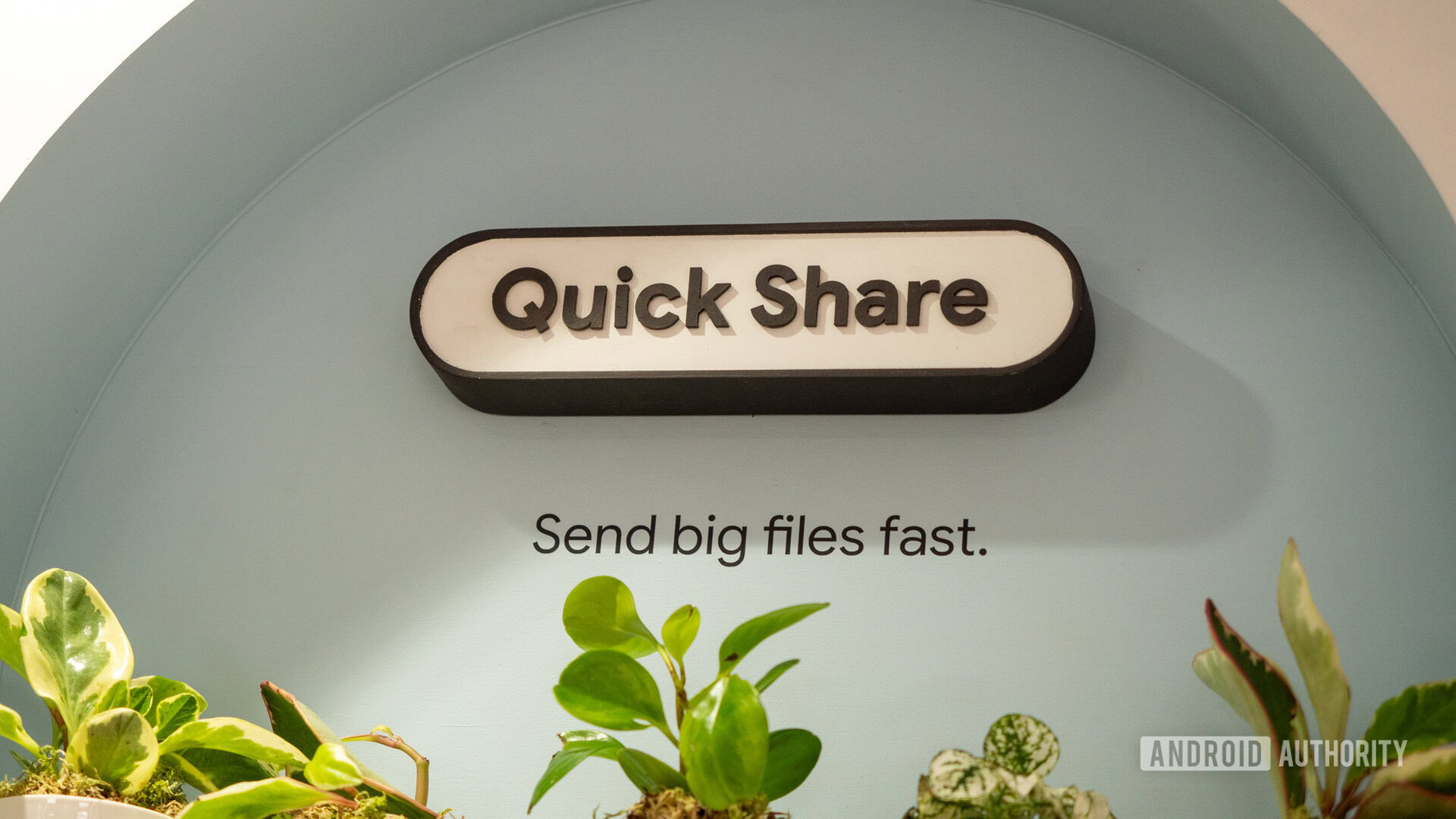



![Apple Vision ‘Air’ will use titanium to cut weight and come in black, per leak [U]](https://i0.wp.com/9to5mac.com/wp-content/uploads/sites/6/2024/01/apple-vision-pro.jpg?resize=1200%2C628&quality=82&strip=all&ssl=1)
















![Apple M4 13-inch iPad Pro On Sale for $200 Off [Deal]](https://www.iclarified.com/images/news/97056/97056/97056-640.jpg)
![Apple Shares New 'Mac Does That' Ads for MacBook Pro [Video]](https://www.iclarified.com/images/news/97055/97055/97055-640.jpg)














































